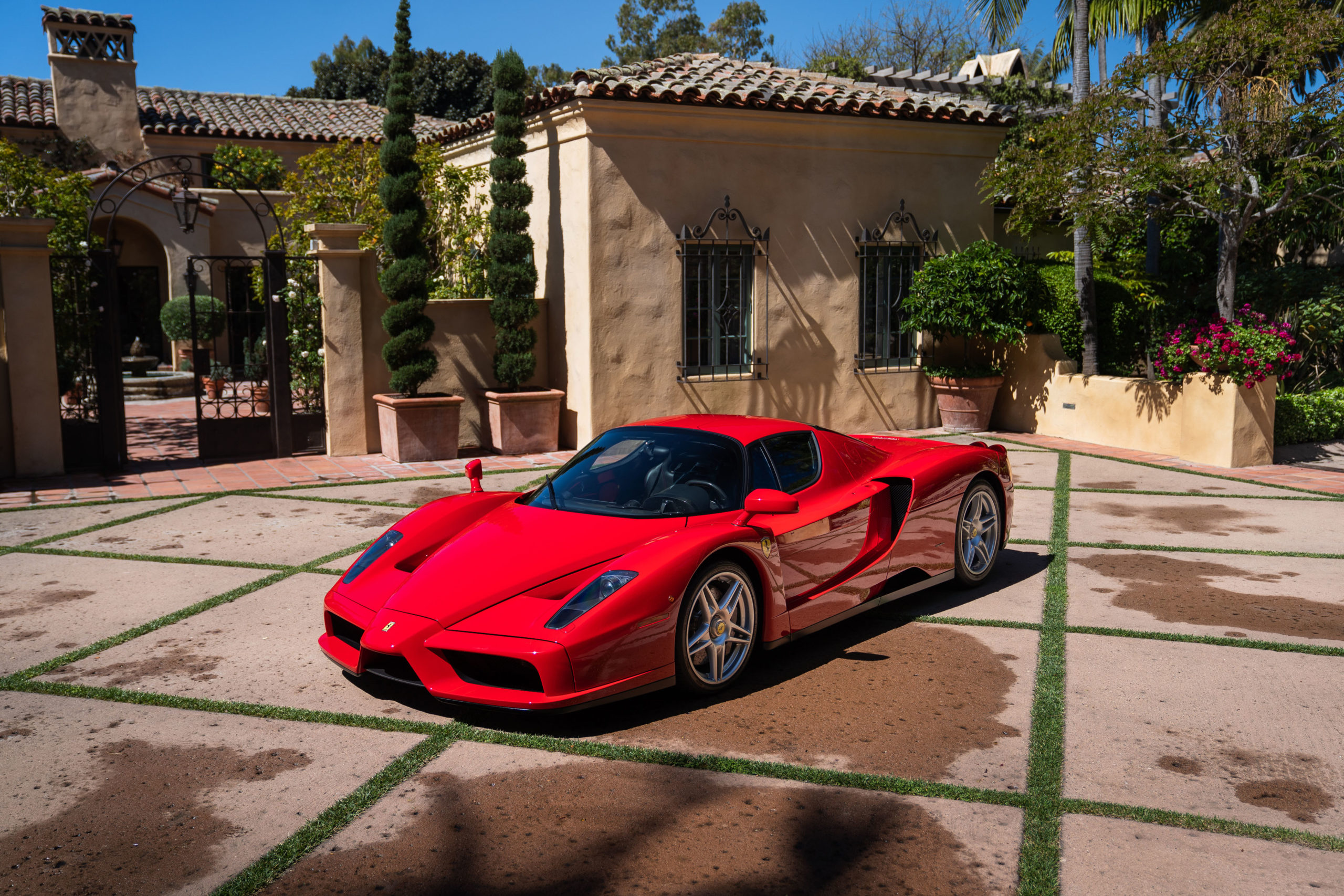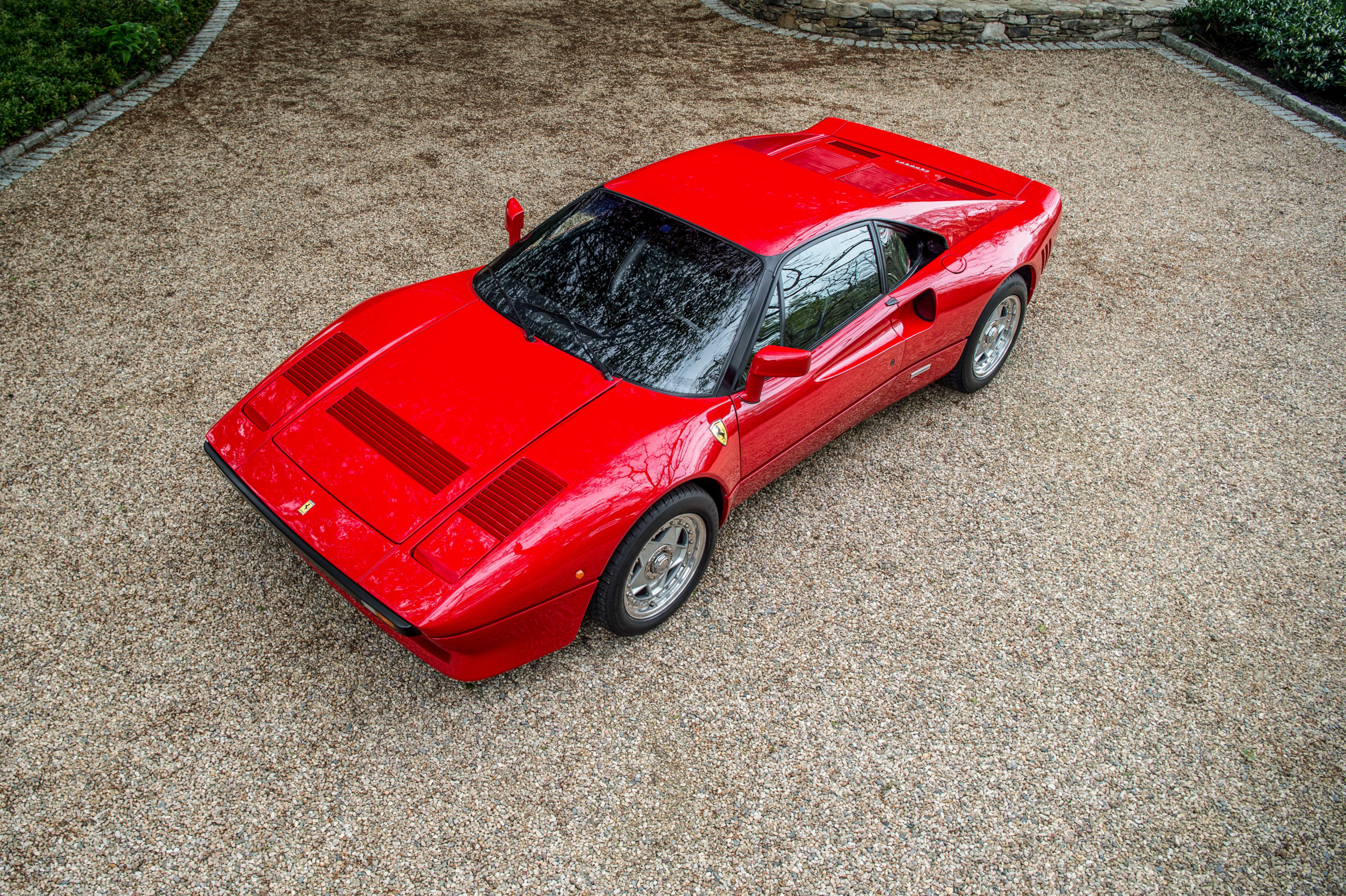Online auctions grow
Less emotion, multiple significant offers and even interest for models from the 50s. RM confirms the positive trend underway. Cliff Goodall’s view.
Photo credit: RM Sotheby’s
$671,000. This is the most important figure of the entire RM auction that took in over $16.1 million called “Driving into the Summer” organized online from 21st to 28th May.
$671,000 was the amount paid for a 1958 Ferrari 250 GT Coupé by Ellena, chassis number 0861GT. This was not the most expensive car sold but, in my opinion, it was the most important car on sale. The explanation can be found in its recent history: the Ferrari had already gone to auction in August 2019 during Monterey week (Bonhams, lot 127) and, against an estimate of $750-950,000 remained unsold at $560,000 and therefore had returned to its owner. Many of my pre-auction expectations were concentrated on this car because this sale would have answered two important questions.

We know that recent cars (youngtimers and instant classics) sell well both online and at real auctions but what can be said of the more historical cars, those over 50 years old that are coveted by more mature collectors?
The second question was: could the price of older cars be in line with those seen during normal physical sales, or would the figure be affected by a smaller customer base?
The answer to both questions came with the sale of this car. Not only do the “older” cars (at least the post-war models) sell online without major difficulties, but the prices are comparable – and perhaps even higher – to those seen at major normal sales. And let’s not forget that this car was estimated at $625-725,000 so at $671,000 they hardly gave it away; it went for a great price.

After Amelia Island, there were no more lots for over $500,000 (if we exclude RM in Palm Beach which was converted to online but where the atmosphere was still pre-lockdown). That’s why all eyes were on the hat-trick of modern Ferrari hypercars and even the auction house was betting a lot on these cars. The cars in question were a 2003 Enzo with 1,250 miles on the clock, the second an F50 produced in 1995 with 3,371 miles and the 1985 288 GTO that belonged to Hartmut Ibing with 23,555 km. All three came in in “boring red” exterior with black interiors.
The Ferrari Enzo, with an estimate of $2.6-2.9 million, was sold for $2,640,000, the 288 GTO changed hands for $2,310,000, exactly in the middle of its estimate of $2.2-2.4 million, while only the F50 did not reach enough offers to sell; $2.2 million against an estimate of $2.5-2.75.

The failure to sell the Ferrari F50 led to another consideration. To paraphrase Anna Karenina we could say that “all the cars sold are the same, every unsold car was unsold in its own unique way”, if all those sold had acceptable estimates, correct reserves, fair offers and the right customers, for each unsold example just one of these elements had to be missing for the sale to fade away.
A typical example to illustrate this point was the 1958 Ferrari 250GT Coupé Pininfarina (chassis #1007GT) left unsold at $480,000. Granted, it was a particular model with unique specifications, and it had been exhibited at the New York Motor Show when it was built, but even so the estimate was decidedly high. When another example went unsold at €340,000 euros (approximately $370,000) during this year’s Retromobile, placing an estimate of $575-675,000 means being overly optimistic. I think $480,000 was a fair price for this car, if not slightly high, but it’s clear the owner didn’t think like me.

Which brings us to another important point of this auction (but I could venture of all the online auctions so far): since, unlike a physical auction, RM had no space limits to propose the lots on offer, it would seem to me that they accepted any lot just to make up the volume. If it was sold, there were generous commissions (10% on both sides), if it remained unsold, no-one really lost anything, except the time to take two dozen photographs.
Speaking of trends, I was amazed at the trend of two lots in particular that behaved in the same way. In almost every online auction I’ve noticed that the offerings are calm and unemotional for the first few days and in the last few minutes there are a considerable number of raises to take home that particular lot.

The last Ford GT Heritage from 2006 (with 5,400 miles on the clock from new) performed in precisely the opposite manner. With an estimate of $330-360,000, bids started from 50% of the minimum estimate at $165,000, then they went up quickly and dizzyingly to $300,000 in the first two days before slowing down until they reached $350,000. The last raise was done several hours before the lot closed and this left me quite amazed. With commissions, that translates to $385,000. The same goes for a Delahaye USA Pacific, a replica produced in 2016 and inspired by the Bugatti 57SC Atlantic but with a state-of-the-art BMW V12 engine. The bids stopped two days before the lot was closed, but the car was still sold for a total of $220,000 (including commissions).

This makes me think that the market is adapting to the new reality, there is no longer the last-minute rush to make raises (perhaps in the middle of the night if the auction is on the other side of the world) but what emerges instead, is a mature market that knows how much it wants to pay for a certain car and does not worry about making an offer very close to the market value right away. As if to say: for me this is worth this much without getting embroiled in dangerous challenges to the last dollar.
